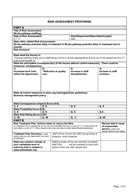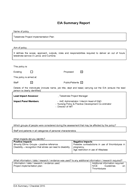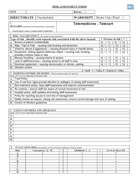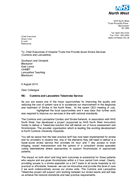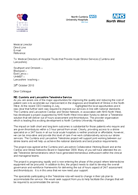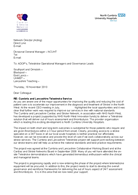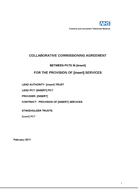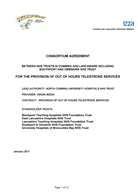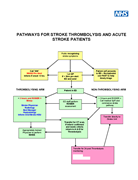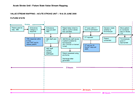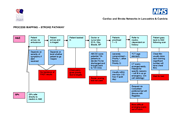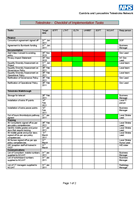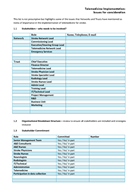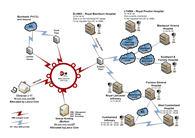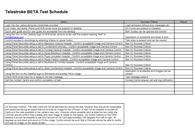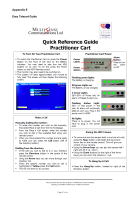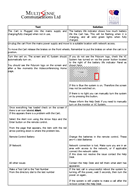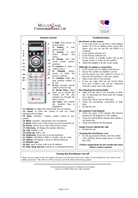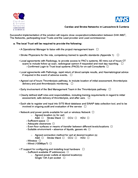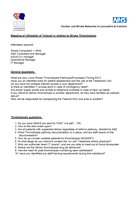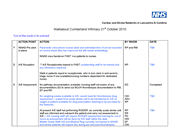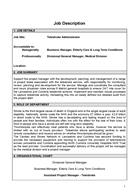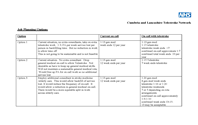Section 2: Telestroke System Development
Guidelines detail quality standards for technical and clinical systems for telemedicine in stroke, and suggest that organisations should operate under rules and principles governed by contractual agreements, including financial agreements. 1
Research suggests that planners need to assess the compatibility of the telestroke service with existing technical and clinical systems and resources, 2, 3, 4 and develop governance procedures and consensus clinical pathways for telestroke that can be tailored to local circumstance. 3, 4, 10.
| Other telestroke projects detail the implementation tasks and resources to: | Lessons learned from the case study include: |
|---|---|
| 2.1 Develop governance procedures and funding agreements for telestroke | Developing governance procedures for telestroke Address clinicians’ concerns about governance at a strategic level |
| 2.2 Develop shared clinical resources for telestroke | Developing shared clinical resources for telestroke Do not underestimate the time it takes to develop and agree standardised policies and paperwork |
| 2.3 Develop and test the telestroke system | Job planning issues and staffing resources for telestroke Evaluate the costs and benefits of involvement in telestroke from the perspective of different stakeholders Developing a workable rota for telestroke Have contingency plans Testing the telemedicine equipment and the system Invite the people who can make decisions, prepare a checklist, and document the action plan |
2.1 Develop governance procedures and funding agreements for telestroke
Develop governance policies for telestroke to support staff working across organisations, and make institutional arrangements for reimbursement. 3, 4
| Implementation task | Detail | Example |
|---|---|---|
| Develop governance procedures for telestroke |
|
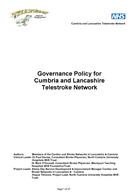 |
Risk assessment for telestroke |
Equality and diversity impact assessment |
|
Privacy impact assessment |
Risk assessment for telestroke location |
|
| Formalise agreements for telestroke | Letters of agreement: Document management support for telestroke from each organisation and stakeholder group | |
Chief Executives |
Medical Directors |
|
Operational Managers |
||
| Contracts for telestroke | ||
Collaborative commissioning agreement (Primary Care Trusts) |
Consortium agreement (Hospital Trusts) |
|
| Agree financing and reimbursement procedures for telestroke | Specify and document agreements on initial and recurrent funding for:
|
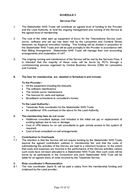 |
Lessons learned from the case study:
2.2 Develop shared clinical resources for telestroke
Clinical procedures for telestroke need to be harmonised across sites, and tailored to the local circumstance. 10
Lessons learned from the case study:
2.3 Develop and test the telestroke system
Formalise telestroke equipment and technology standards to facilitate diffusion; develop system activation and maintenance routines for the telemedicine system. 3, 4, 8. Test the telestroke system function, 5, 6, 7, 8 and the feasibility of the rota. 8 Maintain close communication and working links between clinical and technical staff. 7
Lessons learned from the case study:

